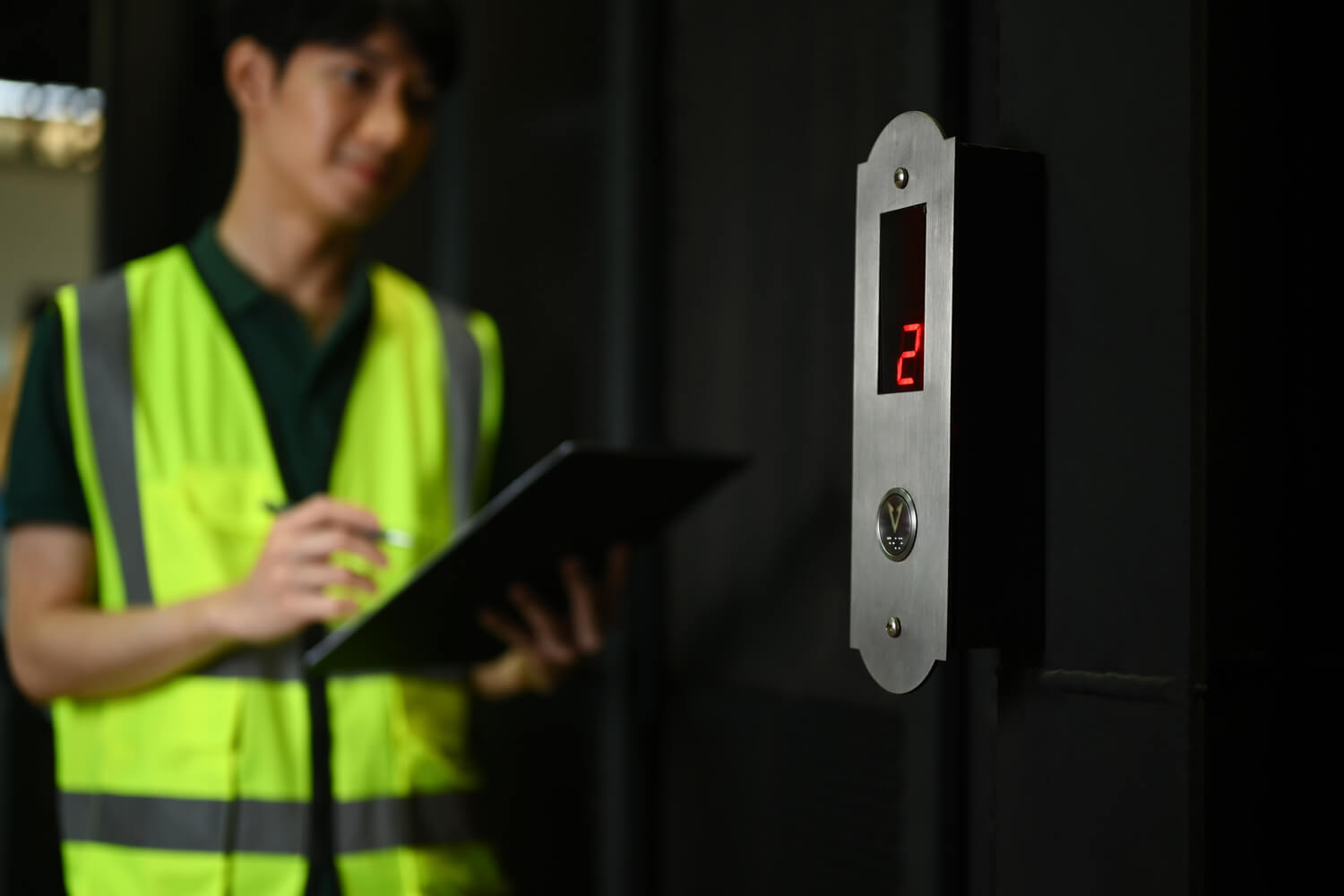Elevator Inspections: What to Expect and How to Prepare

Elevators are essential for accessibility in modern buildings, but regular inspections are key to keeping them safe and efficient. This guide explains what to expect during elevator inspections and how to prepare, helping building owners and managers save time, money, and avoid issues..
Why Are Elevator Inspections Important?
Elevator inspections aren’t just a routine formality; they’re critical for safety, efficiency, and compliance. Here’s why they matter:
- Safety First: Elevators carry thousands of people daily. Inspections ensure that all safety mechanisms are functioning correctly, reducing the risk of accidents.
- Legal and Code Compliance: Regular inspections help you meet state and local regulations, including ADA (Americans with Disabilities Act) requirements for accessibility.
- Preventing Costly Repairs: Routine checks identify smaller issues before they escalate into bigger, more expensive problems.
What Happens During an Elevator Inspection?
Step 1: Reviewing the Maintenance Records
Before inspecting the machinery, inspectors review maintenance logs to understand the elevator’s history. These records provide insights into past repairs, recurring problems, or upgrades.
Step 2: Visual Inspection of Components
Inspectors perform a thorough visual inspection, checking for wear and tear on:
- Elevator cables and pulleys
- Doors and sensors
- Buttons and indicators
- Safety signage
They’ll also examine for visible damage or signs of tampering.
Step 3: Testing Safety Features
Safety features are thoroughly tested, which may include:
- Door protection systems: Verifying sensors that prevent closing when objects or people are in the way.
- Emergency brakes: Ensuring the braking system activates correctly.
- Alarm systems: Checking that emergency alarms and intercoms function.
Step 4: Load Tests
During load testing, elevators are subjected to their maximum rated weight to ensure they operate safely under pressure. Load tests monitor speed, braking, and overall system performance.
Step 5: Compliance Check
Inspectors confirm compliance with local building codes, ADA accessibility standards, and state regulations. Any non-compliance will result in a report and timeline for corrective actions.
How to Prepare for an Elevator Inspection
Being prepared can streamline the process and minimize disruptions. Here are actionable steps to take:
1. Have Maintenance Logs in Order
Ensure that all maintenance logs and service records are complete, accurate, and easily accessible. This helps inspectors gain quick insights into the elevator’s maintenance history.
2. Conduct a Pre-Inspection Check
Ask your in-house team or service provider to do a pre-inspection check. They can identify any obvious issues, such as stuck buttons or malfunctioning indicators, well in advance.
3. Schedule with Tenants in Mind
Notify tenants or building users about the upcoming inspection. This minimizes frustration and helps you plan for downtimes.
4. Confirm Compliance with ADA Standards
For buildings accessible to the public, ensure the elevator meets ADA requirements. Features like Braille panels, adequate space for wheelchairs, and automatic doors should be in place.
Common Issues Identified During Inspections
Elevator inspections may uncover a variety of issues. Knowing the most common ones can help you proactively address them:
- Worn Cables and Machinery: Over time, regular use can wear down the cables and pulleys, affecting performance and safety.
- Malfunctioning Door Sensors: Faulty sensors can lead to issues with door operation, posing potential safety risks.
- Outdated Control Panels: Older systems may lack modern safety and accessibility features.
- Non-Compliance with Codes: Changes in building codes or overlooked upgrades can result in compliance issues.
Benefits of Regular Elevator Inspections
Being proactive with elevator inspections offers several advantages:
Fewer Emergencies
Routine inspections reduce the chances of sudden breakdowns, ensuring smoother daily operations.
Extended Equipment Lifespan
Identifying and repairing minor issues can extend the life of your elevator system significantly.
Enhanced Passenger Safety
Passengers can have peace of mind knowing the elevator is inspected and safe for use.
Financial Savings
Proactive maintenance prevents costly emergency repairs and potential legal fines for non-compliance.
Elevator Inspections and Multi-Floor Accessibility
Elevator safety doesn’t just benefit building operations; it’s also an integral component of creating accessible, inclusive spaces.
ADA Compliance in Elevators
An ADA-compliant elevator ensures that individuals with disabilities can move between floors independently and comfortably. Features like tactile buttons, wide doors, and auditory floor indicators make a significant difference.
The Role in Multi-Floor Inclusivity
Multi-floor access is essential to fostering inclusivity in commercial and residential spaces. Elevators are often the go-to solution for creating accessible vertical access, making their regular inspections and maintenance a top priority.
Preparing for the Future
Elevator technology is evolving, with new innovations designed to improve safety, efficiency, and inclusivity. Small home elevators, like those in Salt Lake City, UT, are becoming increasingly popular, offering convenience and accessibility for homeowners. Smart elevators equipped with predictive maintenance and AI-driven diagnostics are likely to become the standard, making inspections even more straightforward and reliable..
By staying ahead and committing to regular inspections, building owners and managers can ensure their elevators remain safe, efficient, and ready for the demands of the future.
Conclusion
Elevator inspections are not just about checking a box for compliance; they’re about ensuring safety, enhancing efficiency, and creating spaces that everyone can access. By staying proactive, you save money, foster trust among passengers, and create a more inclusive environment.




